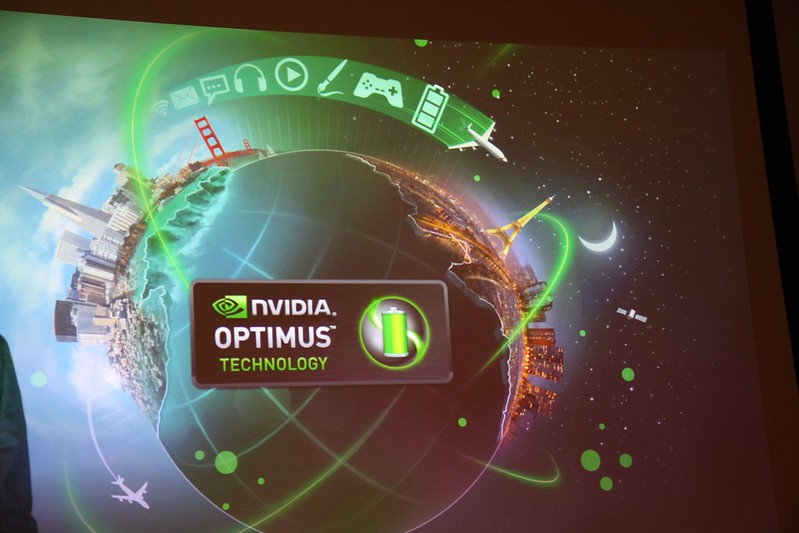Cloud Stocks: Nvidia Strong Despite China Woes

Photo Credit: Masaru Kamikura/Flickr.com
Yesterday NVIDIA (Nasdaq: NVDA) reported its first quarter results that beat all estimates. The growing demand for AI has driven NVIDIA’s performance over the last few quarters, with more growth yet to come. However, the company was dealing with the trade tensions between the US and China.
NVIDIA’s Financials
NVIDIA’s first quarter revenues grew 69% to $44.06 billion, ahead of market estimates of $43.31 billion. Non GAAP EPS of $0.96, also ahead of market estimates of $0.93.
By segment, data center division which includes AI chips and related parts, grew 73% to $39.1 billion and accounted for 88% of its total revenue. Its gaming division, which includes its chips for playing 3D games, grew 42% to $3.8 billion, and the automotive and robotics division grew 72% to $567 million. Its professional visualization business grew 19% to $509 million.
For the second quarter, the company forecast revenues of $45 billion, falling short of analysts estimates of $45.9 billion. NVIDIA claimed that the ongoing geo-political issues resulted in a loss of $8 billion in revenues for the current quarter. This was primarily driven by the announcement by the US government last month that NVIDIA needed a license for exports of its H20 products into the China market. Nvidia incurred $4.5 billion in charges related to excess inventory for the chip and would have recorded $2.5 billion in extra sales if the chip hadn’t been restricted.
NVIDIA believes that under the given market conditions, the $50 billion market in China for AI chips is no longer a feasible market for US companies. The H20 ban already ended its Hopper data center business in China. NVIDIA had specially designed the H20 after the Biden administration had placed restrictions on the sale of the higher speed AI chips to China. To address some of these concerns, NVIDIA announced plans to build factories in the US and working with its partners to produce NVIDIA AI supercomputers in the US.
NVIDIA’s AI Growth
Meanwhile, NVIDIA continues to build on its Blackwell line. Earlier this quarter, it announced the next evolution of the NVIDIA Blackwell AI factory platform in the form of NVIDIA Blackwell Ultra. NVIDIA Blackwell Ultra claims to boost training and test-time scaling inference to enable organizations to accelerate AI reasoning, agentic AI, and physical AI capabilities. Built on the Blackwell architecture, the Ultra platform enables AI reasoning thanks to the rack-scale design that acts as a single massive GPU built for test-time scaling. It allows AI models to access the platform’s compute capacity to explore solutions and break down complex requests into multiple steps, thus delivering higher-quality responses.
The use cases for the platform include Agentic AI to help these agents use sophisticated reasoning and iterative planning to solve complex, multistep problems. Physical AI companies can also leverage the offering to generate synthetic, photorealistic videos in real time for the training of applications such as autonomous vehicles at scale.
The solution has been received very positively by the market. Companies including tech hardware giants like Cisco, Dell Technologies, Hewlett Packard Enterprise, Lenovo, and Supermicro are already releasing a wide range of servers based on Blackwell Ultra products. Cloud service providers including AWS, Google, Microsoft, and Oracle are also among the first to offer Blackwell Ultra-powered instances.
NVIDIA is currently trading at $134.81 with a market capitalization of $3.29 trillion. It hit a 52-week high of $153.13 in November and a 52-week low of $86.62 last month.
More By This Author:
Meta Weaves AI Into Portfolio, But Struggles With Behemoth
Cloud Stocks: Amazon Looks To Embed AI Across Its Entire Portfolio
Analysis Of Palo Alto Network’s Protect AI Acquisition
Disclosure: All investors should make their own assessments based on their own research, informed interpretations, and risk appetite. This article expresses my own opinions based on my own ...
more


